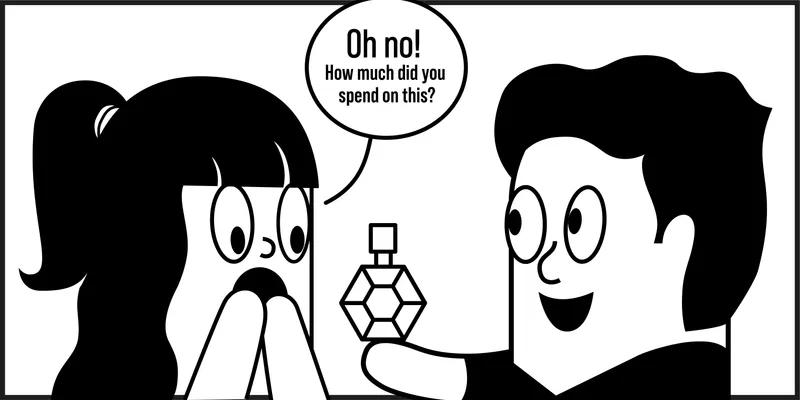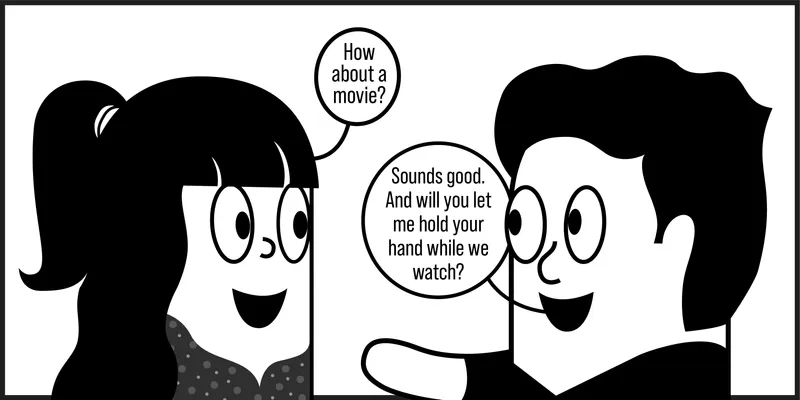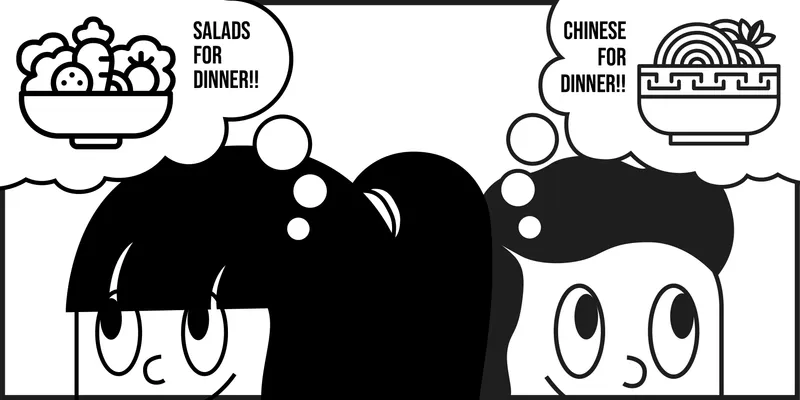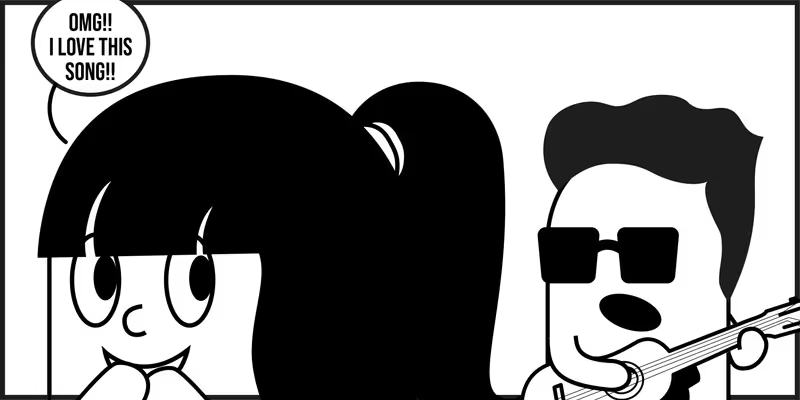Different strokes for different folks: Love languages and their myriad expressions
Love language is an important consideration for dating and relationships today. We examine the efficacy of this trend and how it plays out for millennials and Gen Z.
Pop culture—be it music, cinema or literature—has for a long time focused on the ideal portrayal of love. From the tall, dark and impossibly handsome Darcy in Jane Austen’s Pride and Prejudice to the quintessential lover boy Raj Malhotra played by SRK in Dilwale Dulhania Le Jayenge, these fictitious characters have impressed their lady love with their so-called irresistible charm and passion.
However, are romantic relationships limited to wine, dine, and a whole lot of mush? They may be key pieces of the relationship puzzle but healthy coupledom relies on much more than romantic overtures—including understanding each other’s love languages.
‘Love languages’ is a term that first came into the limelight through Baptist pastor Gary Chapman’s 1992 book, The 5 Love Languages. According to Chapman, each person has five love languages or five different ways of expressing and receiving love: words of affirmation, quality time, receiving gifts, acts of service, and physical touch.

Source: Shutterstock
Today, dating apps and social media platforms liberally use the term ‘love language’, with both millennials and Gen Z singles reposing their faith on this form of relationship communication. In fact, dating platform Tinder witnessed a 50% year-on-year increase, from April 2022 to April 2023, in users who mention ‘love languages’ in their bio.
Do love languages really help enhance the quality of relationships? And do they play out differently across generations? YS Life explores.
How love languages work
Understanding each other’s love languages can help strengthen relationships by enhancing communication between couples. It helps people express their affection and concern in a manner that resonates with their partner.
Similar love languages may result in smoother relationships and less friction.
According to dating platform QuackQuack, 44% of its users have admitted to having a more lasting and happier relationship if they have similar love languages with their matches.

“It is likely to reduce the number of fights a couple has. Also, compatibility in love languages fosters better communication, emotional intimacy, and overall satisfaction in a relationship,” says Ravi Mittal, Founder and CEO of QuackQuack.
However, it is not always possible to find a partner with similar interests and expressions of love.
Bengaluru-based Mini Das (33) has been in a relationship with her partner for over five years. While the honeymoon phase was a riot, things began to spiral as time passed. That’s because Das wanted to spend quality time with her partner, while he was comfortable expressing his love through physical touch.
Despite repeated attempts, the couple couldn’t understand the gap in their relationship. They were convinced they were incompatible, until they consulted a relationship counsellor who introduced them to the concept of love languages.
“It’s so strange that understanding each other’s languages helped improve our relationship drastically. For a very long time, I believed that my partner found me boring and didn’t want to spend much time with me. On the other hand, he had his own concerns about me being aloof to physical advances,” explains Das.

When a couple has different love languages, it is important to find a middle ground through open communication and understanding.
“Today, we spend an hour after work to discuss each other’s day and its highlights. Also, we discuss our concerns openly during a conflict without a fear of judgement. This has helped us foster a better emotional bond, which is why I no longer mind the frequent cuddling or other forms of physical affection,” says Das.
What young Indians want
While love languages have existed for several years, the concept has gained prominence in recent years and is being spoken about increasingly in the mainstream.
Akanksha Chandele, Delhi-based counselling psychologist and Director, I Am Wellbeing (Nairatmya Foundation), says millennials are a generation that believes more in unsaid gestures and expectations, while Gen Z is more vocal about their needs from a romantic partner. She also believes Gen Z has taken to accepting vulnerabilities and talking about them much more than millennials.
According to Tinder’s Top Dating Mantras report for 2023, being authentic, rejecting labels, believing in equality, sharing political and social views, and being emotionally available featured at the top for young singles, particularly the Gen Z—indicating a strong desire for genuine connections beyond surface-level interactions.
“By identifying their love style—whether it’s expressing love through compliments, thoughtful gestures, time together, presents, or touch, Gen Z daters can gain deeper insights into themselves and effectively communicate their needs to potential matches,” says Nona Uppal, a Gen Z romance author who partnered with Tinder in India on its ‘Know Your Love Style’ campaign.
Observations by dating platform Bumble indicate that consistent small gestures are more important today than one-off grand ones—whether it’s taking care of a partner when they are sick, random I-love-you letters, or even taking the effort to make a dinner reservation.

Interestingly, food has emerged as a popular love language.
“Be it the joy of sharing meals or feeding loved ones, food can influence our dating choices. Compatibility when it comes to food and eating habits is important as young Indians prioritise those who they are looking to date,” says Samarpita Samaddar, India Communications Director, Bumble.
Shared interests is a huge consideration for 24-year-old Parth Gurjar, who works at an event management firm in Mumbai. He loves playing the guitar and attends several music gigs in the city.
Music is his love language and he is on the lookout for potential partners who would vibe well with him on this score.

“My search is still on, even though I have been a regular on dating apps. I am sure of being with someone who values music as much as me, because that’s something that is very much a part of me,” he says.
Gurjar is not ready to compromise on this.
“I spend most of my weekends attending music gigs and having a companion who understands that would be ideal,” he explains.
Beyond traditional definitions
While Chapman has documented five primary love languages, Chandele believes that love languages can extend beyond these traditional definitions.
Using the traditional love languages of words, time, gifts, service, and physical touch as the only way to understand an individual and the relationship can spell trouble.
“Holding space for each other’s trauma history and understanding your partner’s family dynamics, how they have been raised, their experiences, and more are also ways in which people express love and receive it from others. All in all, love languages are not limited, and they vary from one individual to another,” points out Chandele.
“Just one tool can’t be a great fit for everyone as we are all different and relationships change and grow. The way you love and receive is ever evolving and not fixed,” she adds.
What’s your love language? Tell us about it and how it has evolved over the years.
Illustrations by: Nihar Apte
Edited by Swetha Kannan







